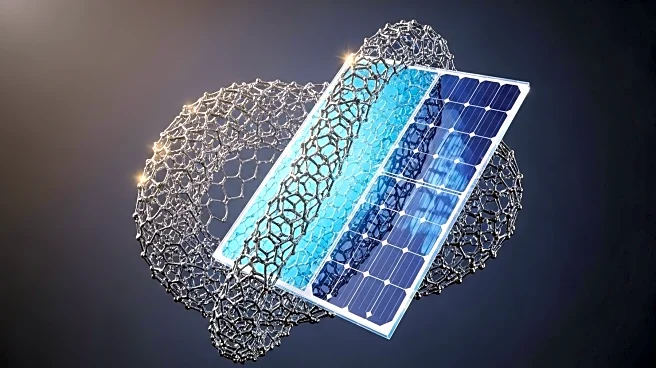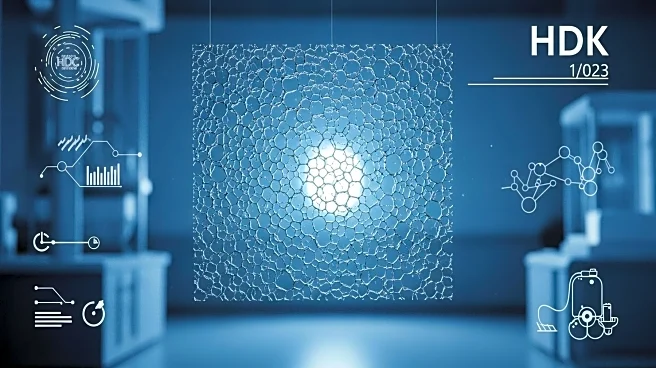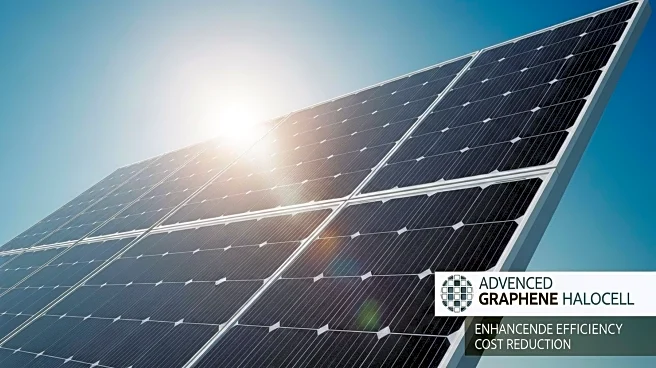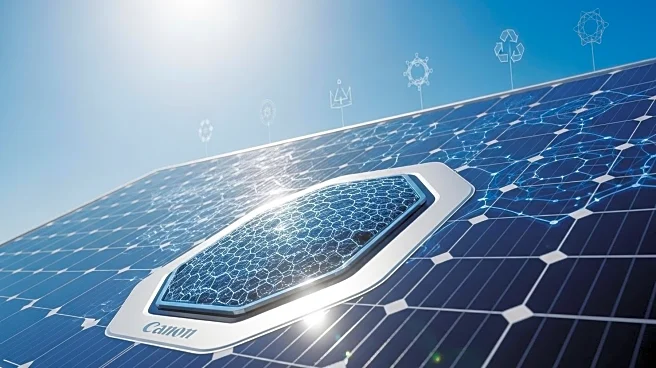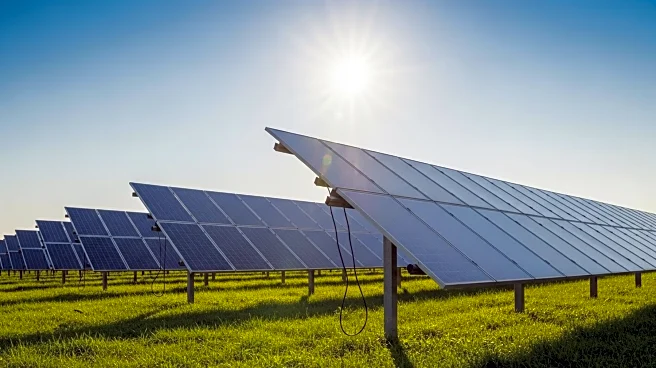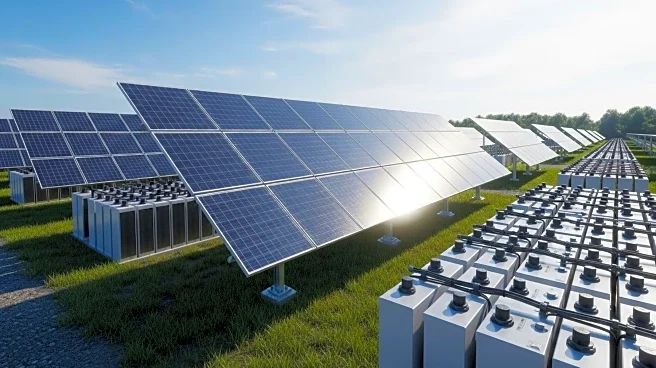What's Happening?
First Graphene Limited, in partnership with Halocell Energy and Queensland University of Technology, has developed graphene-enhanced perovskite solar cells (PSC) that significantly improve efficiency and reduce production costs. The addition of graphene has doubled the efficiency of these solar cells to 30.6% and reduced production costs by up to 80%. This advancement is achieved through roll-to-roll dispersion technology, which eliminates the need for high-cost materials like gold and silver. The partnership aims to scale up production and increase competitiveness in the solar market.
Why It's Important?
The development of graphene-enhanced perovskite solar cells represents a major breakthrough in solar technology, offering a cost-effective and efficient alternative to traditional silicon-based cells. This innovation could lead to widespread adoption of PSCs in various applications, from small electronic devices to high-end technologies like satellite solar modules. The reduced production costs and increased efficiency may drive market growth and enhance the competitiveness of solar energy solutions, contributing to global efforts in renewable energy adoption and decarbonization.
What's Next?
Halocell Energy plans to expand its production capacity at its Wagga Wagga plant, aiming to manufacture up to 60 million PSC units annually. The company is seeking capital to support this expansion and boost its operating capability. The partnership with First Graphene is expected to continue generating commercial opportunities, with potential applications in IoT, electronics, space, aviation, and full sun sectors. Stakeholders will likely focus on the scalability and market penetration of these advanced solar cells.
